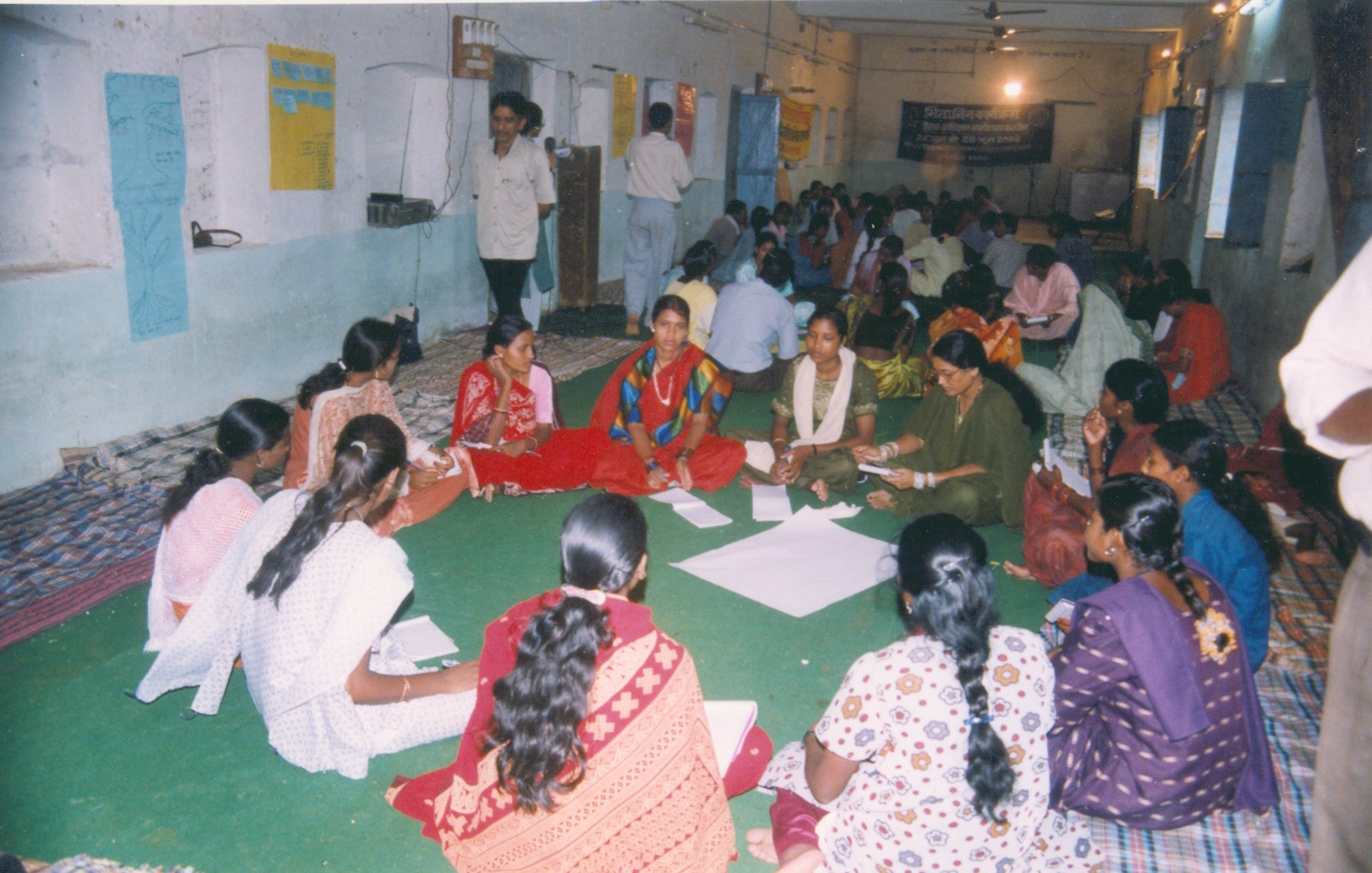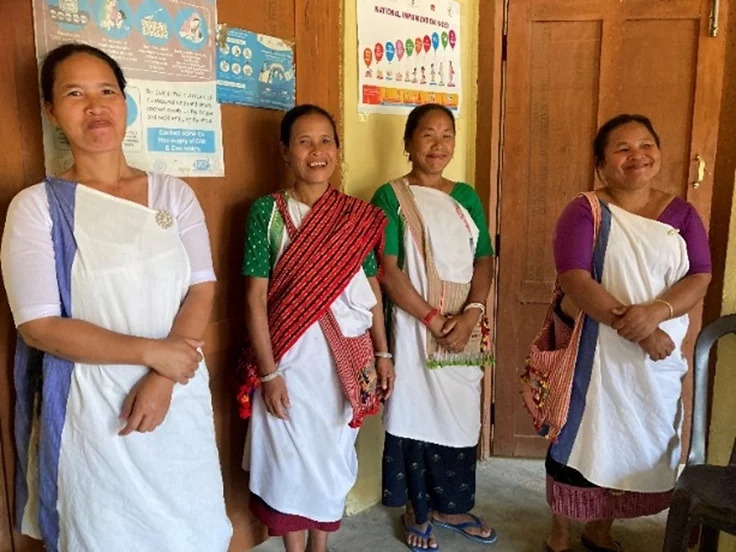
International Policies
National Policies
We share a number of papers presenting an overview of Human Resources for Health. Some of these were policy briefs written at different times for the Ministry.
The earlier is a policy brief written in 2011: Policy Brief: Human Resource for Health: The Crisis, the NRHM Response and the Policy Options,
A well-known and highly cited overview is the Lancet publication. Human resources for health in India; Prof Mohan Rao, Dr Krishna D Rao, AK Shiva Kumar, Mirai Chatterjee, Thiagarajan Sundararaman; The Lancet, Volume 377, Issue 9765, Pages 587 – 598, 12 February 2011. This was part of the Lancet Special Series on India.
A less well-known Policy brief on Human Resources for Health, 2018, written for the Economic Advisory Committee of the Prime Minister, perhaps around 2018-19. This largely looked at the numbers required.


Professional Education
We begin with an overview article, written as cover-page article for the periodical “ Frontline” on “ Healthcare Education in the New Education Policy.” This article written in 2019 briefly covers the main challenges in Medical education.
Then we share another brief article called “Revisiting NEET.” Published in June 2019 EPW, which explains sympathetically the Tamil Nadu position on why they are critical of the imposition of NEET as the sole mode of entry into medical colleges.
Public Workforce Management
We begin with chapter 15: Human Resource Management from the ‘Management of Healthcare Systems’ book by Sonu Goel and Arun Kumar Aggarwal. Then one article on the creation of a public health cadre titled: Professionalizing public health management. T. Sundararaman, Daksha Parmar, Seminar, Issue No. 714 , February 2019, 52 — a discussion on public health cadre and such other things. And a third on “Indian approaches to retaining skilled health workers in rural areas;” Thiagarajan Sundararaman & Garima Gupta; Bulletin World Health Organization 2011;89:73–77.
The issue of which type of professionals are most fit for purpose has been discussed in the earlier decades. We present three articles relating to this….
One of the major problematics of public health workforce management is on how to get the appropriate person in terms of skills but also in terms of motivation and willingness to work there and how to attract and retain them in remote and rural areas and under serviced communities. Two influential studies that looked at this question was Why Some Doctors Serve in Rural Areas: A Qualitative Assessment from Chhattisgarh State and Location and vocation: why some government doctors stay on in rural Chhattisgarh, India
At a time when there was much controversy about mid-level health providers, 2 studies that helped the discussion were Which Doctor For Primary Health Care? An Assessment Of Primary Health Care Providers In Chhattisgarh, India and As good as physicians: patient perceptions of physicians and non-physician clinicians in rural primary health centers in India
A broad overview of the entire topic is available in this policy paper: Human Resources for Health in India Strategies For Increasing The Availability Of Qualified Health Workers In Underserved Areas, that was used internally in 2009

Case Studies

Innovations in Workforce Management in Karnataka
The first case study examines the intractable problem of transfers and postings with the government health department, highlighting the State of Karnataka’s implementation of systemic changes and innovations, including the Transfer Act of 2011 and the development of a Human Resource Management System (HRMS).
Chhattisgarh Rural Medical Corps
The second case study focuses on the Chhattisgarh Rural Medical Corps (CRMC), established to retain and motivate healthcare providers to work in rural and remote areas through a scheme of incentives for current public sector employees, but also with space for participation of retired employees and private sector professionals. This addresses the shortage and skewed distribution of health workers in rural India, a problem not unique to India but prevalent globally.


Rural Health Practitioners in Assam: Mid level care Provider for comprehensive service deliery in sub centers
The third case study looks at a challenge closely linked to the earlier issue: finding the appropriate professional boundary to solve the shortage for health professionals with clinical skills in public services and primary care and find a professional who feels happy and fulfilled in working in this domain. While many believe this began with the introduction of the Community Health Officer (CHO) in 2018, this case study shows an early and successful effort in this direction over 15 years earlier. Clearly the concept of a mid-level healthcare provider (MLHP) made it into the National Health Policy of 2017 based on such earlier efforts which could be described as incubating the concept of MLHPs for over 15 years. This case study explores how the Assam Rural Health Regulatory Act of 2004 introduced the Diploma in Medicine and Rural Health Care (D.M.R.H.C.) program to train Rural Health Practitioners (RHPs) to deliver comprehensive primary health services at the village level.
Rural Health Care Practitioners in Chhattisgarh
Even prior to the Assam experience was the efforts at creating a rural health assistant in Chattisgarh. The fourth case study presented is an interesting study of how policy repeatedly changed as contexts and even objectives changed. Thought it got off to a bad start, it landed up as a successful intervention for closing the HRH gap in Chhattisgarh and one of the models on which the national mid level health provider strategy was placed.


